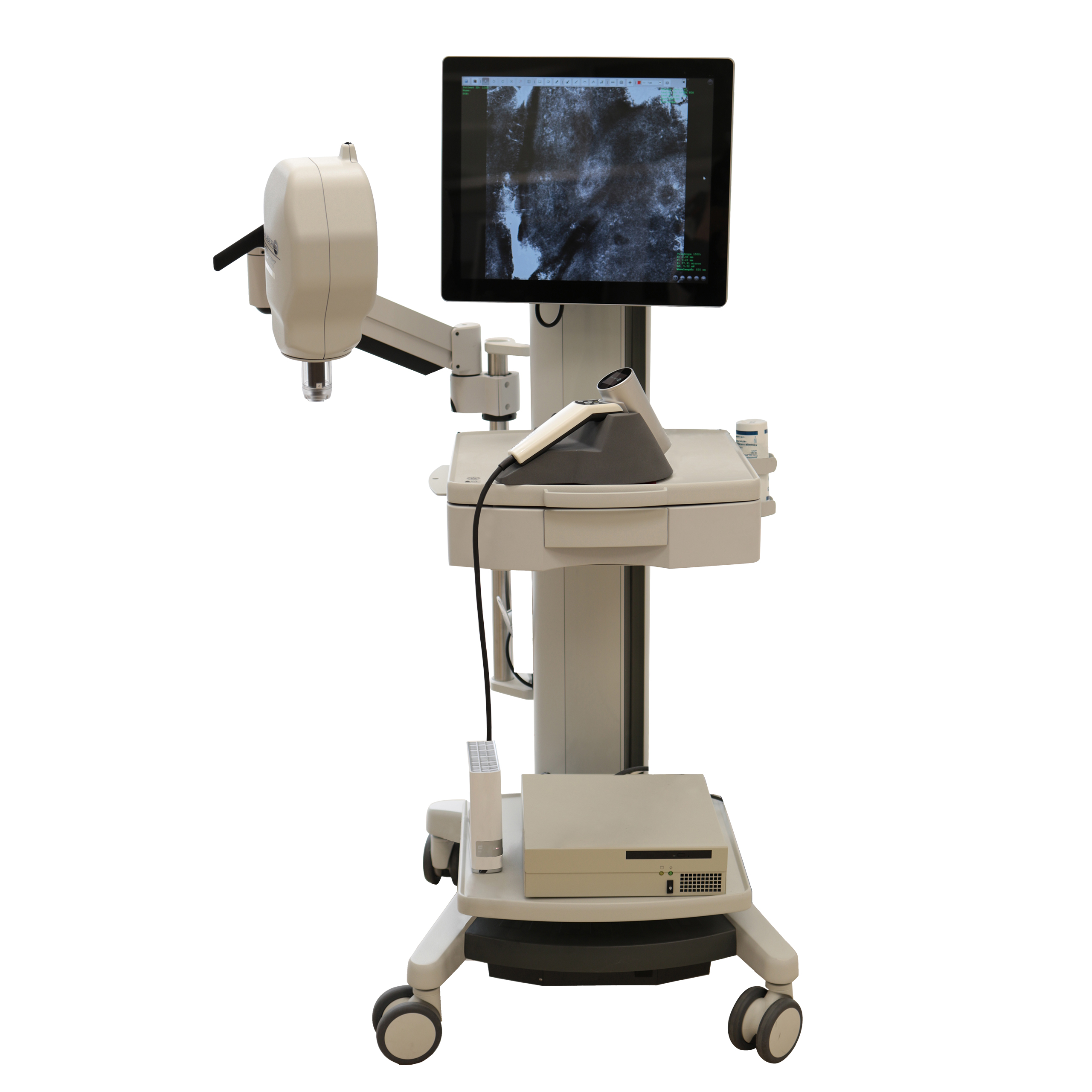Our Lab, our expertise…
The company facilities are composed of R&D, Quality Control, efficacy and formulation laboratories. The Innovation Company® controls all raw materials as well as all final products independently with the only exception of microbiological analyses, which are subcontracted.
The laboratories are equipped of Ex Vivo, In Vivo and In Vitro techniques such as chromatography, spectroscopy, microscopy, rheology and some specific analyses like surface charge, specific surface area or In Vitro SPF measurements.
All of these devices are used to develop the best innovative raw materials, concepts and show unique illustrative formulas to our customers.
We welcome our customers to work together in our laboratories in Dreux (28 – France) to discover our products and develop new formulas with the highest performance.
In Vitro
The BET is used to determine the specific surface area and porosity of powders. It allows to follow and enhance the manufacturing process repeatability and reproducibility. It is also essential to adjust the amount of dispersant to use for new formulations.
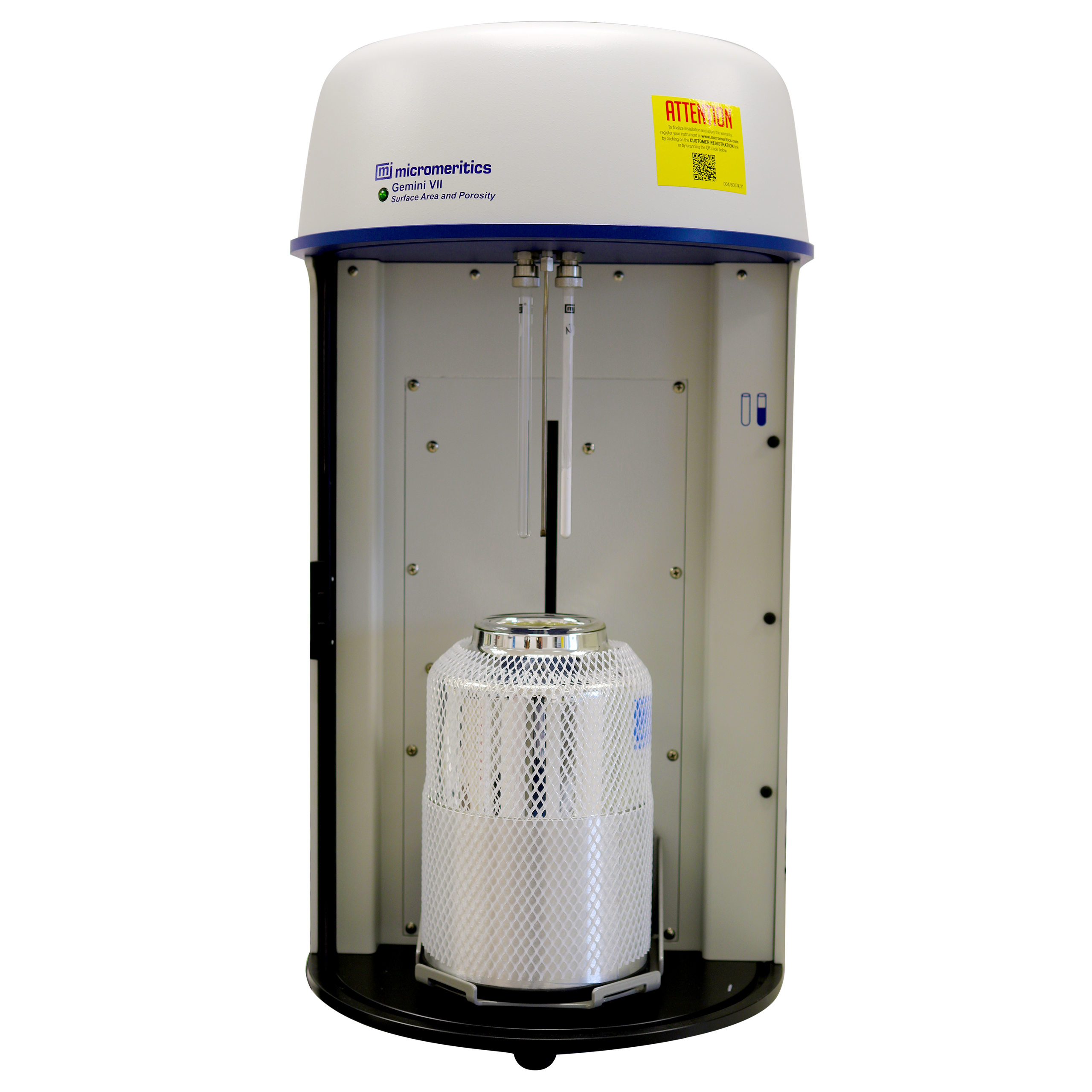
Connected in series, these instruments offer a fast measurement of density and refractive index of liquid or fluid compositions at a specific temperature. Using a low amount of product, both values are determined at the same time. Moreover, refractive index value can reach 1.25, offering the possibility to measure our Fiflow® products and to check their purity contrary to the handheld refractometer (not less than 1.33).
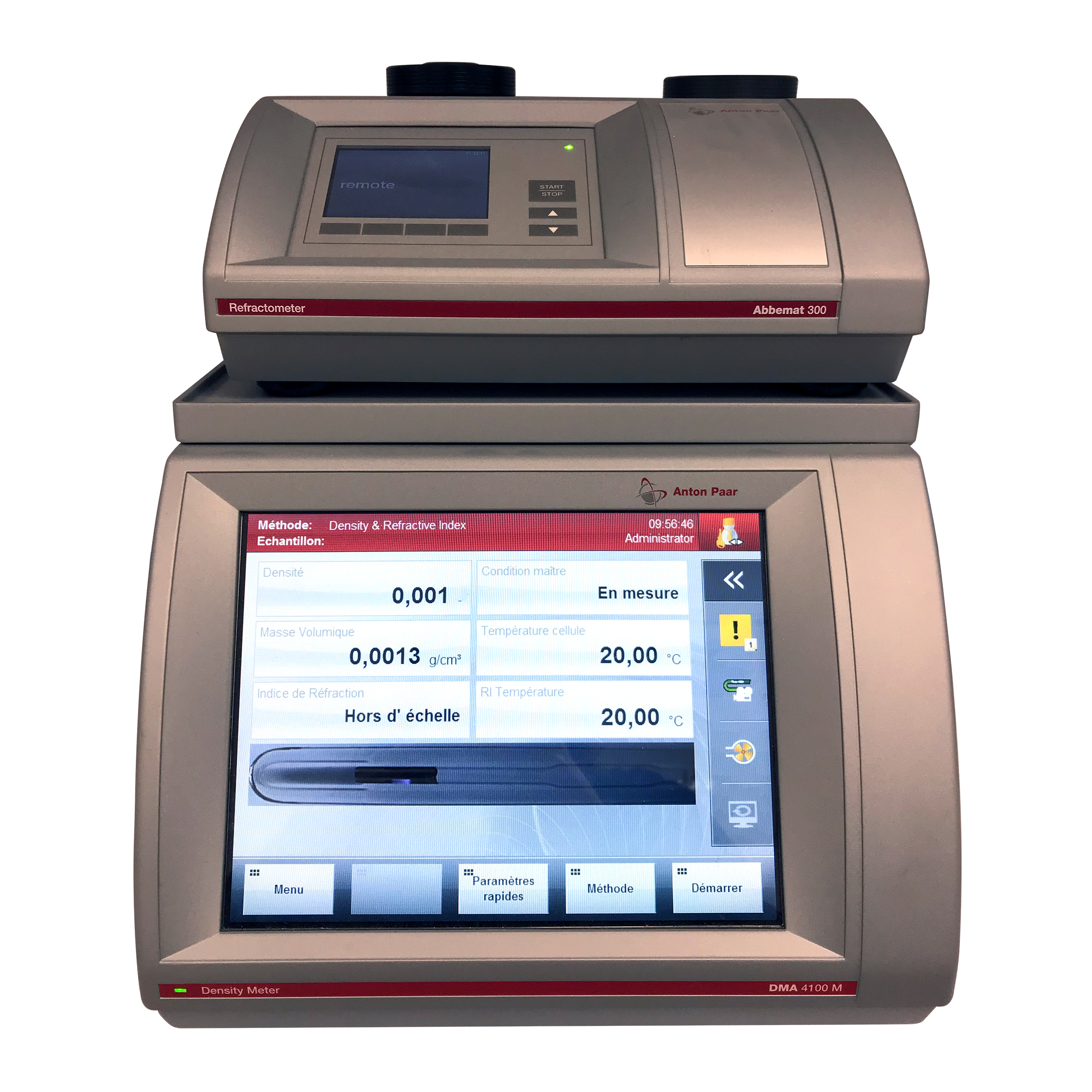
The DSC 3 is the perfect instrument for thermal analysis. It ensures a follow-up of product behaviour depending on temperature and highlights physicochemical properties such as melting point, recrystallization point, oxidation induction time, glass transition or degradation. It also gives information about the impact of storage conditions on products. It is thus possible to predict the product behaviour on the skin.
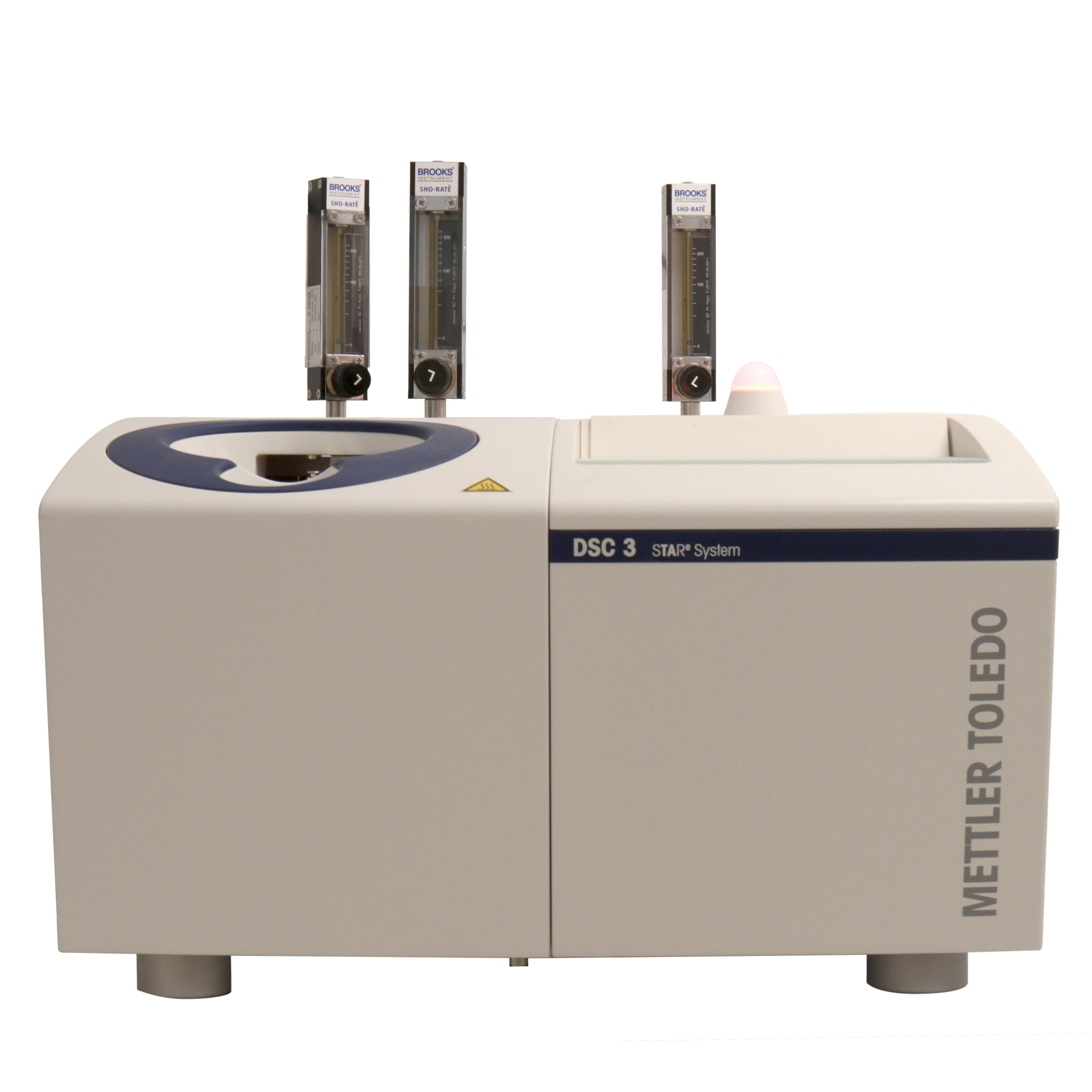
The Infrared Spectrophotometer is essential for a relevant quality control of products. Measuring a large section of IR spectra, it determines chemical functions of a product and helps to identify an unknown product or impurities. Raman spectroscopy is complementary with classic IR spectroscopy, and is specifically used for analyse of hydrophilic products, as it does not detect water. Hence, IR spectra are easier to interpret.
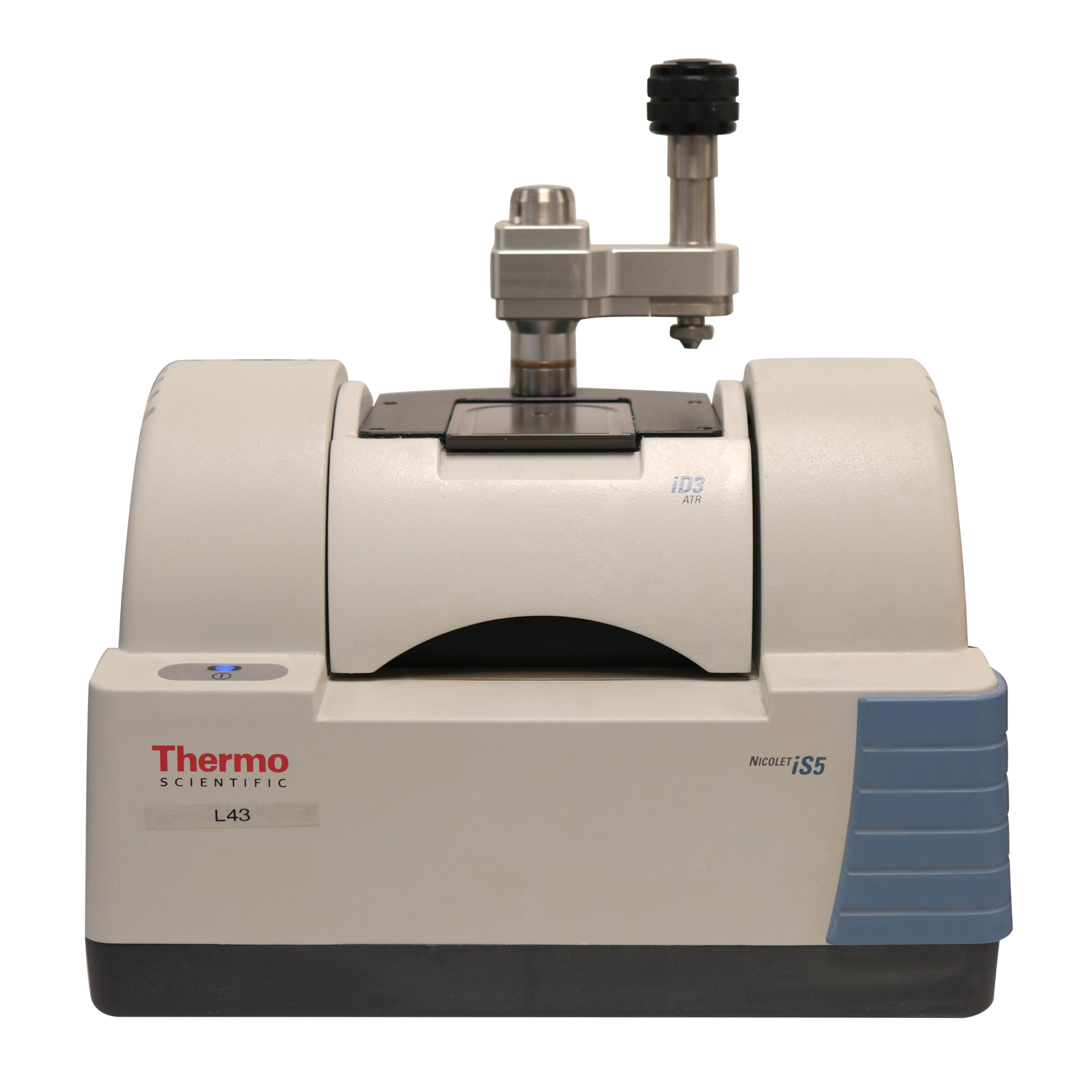
GC-FID is also a chromatographic technique that separates each component of mixtures by means of a volatile gas as mobile phase and a solid stationary phase. Once ionized, components form peaks with typical retention time and intensity. This method is particularly sensitive to hydrocarbons, which makes it ideal to analyse lipophilic products. GC-FID is typically used in quality control, to identify or quantify impurities for example.
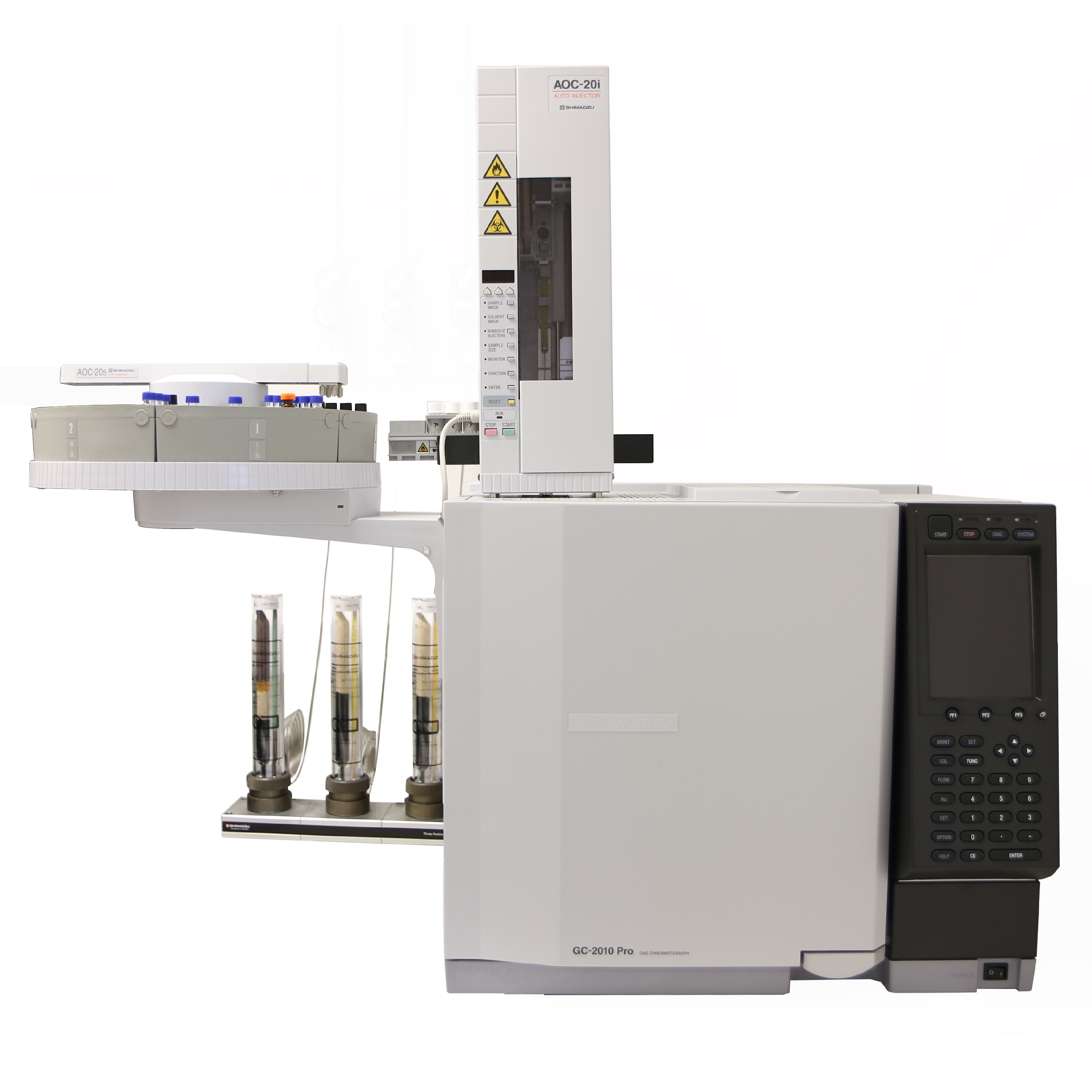
GC-MS is a third chromatographic mode, which separates each component of mixtures by means of a volatile gas as mobile phase and a solid stationary phase. After migrating, components form peaks with typical retention time and intensity. Linked to mass spectrometer, each peak is decomposed in mass spectra typical of one substance and identifiable thanks to an available library.
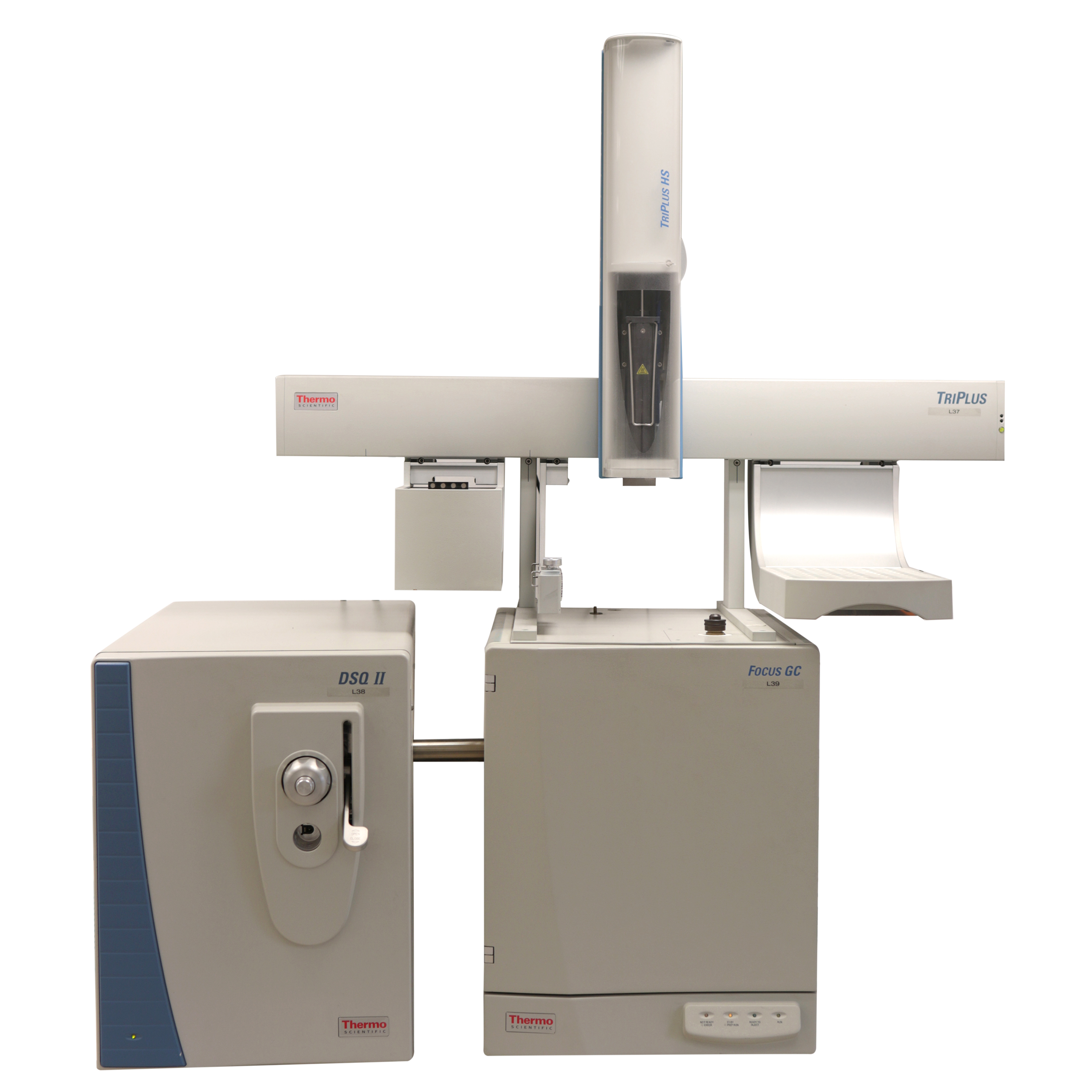
Chromatography is a technique to separate mixtures of substances on the basis of their molecular structure and molecular composition. HPLC required a solid stationary phase and a liquid mobile phase. Due to the mobile phase flows through the stationary phase, sample mixture components migrate with different speeds depending on their affinity with phases. Components are separated and identified according to their retention time, intensity and available database. By means of standard samples with known concentrations, it is possible to quantify each component of the initial mixture.
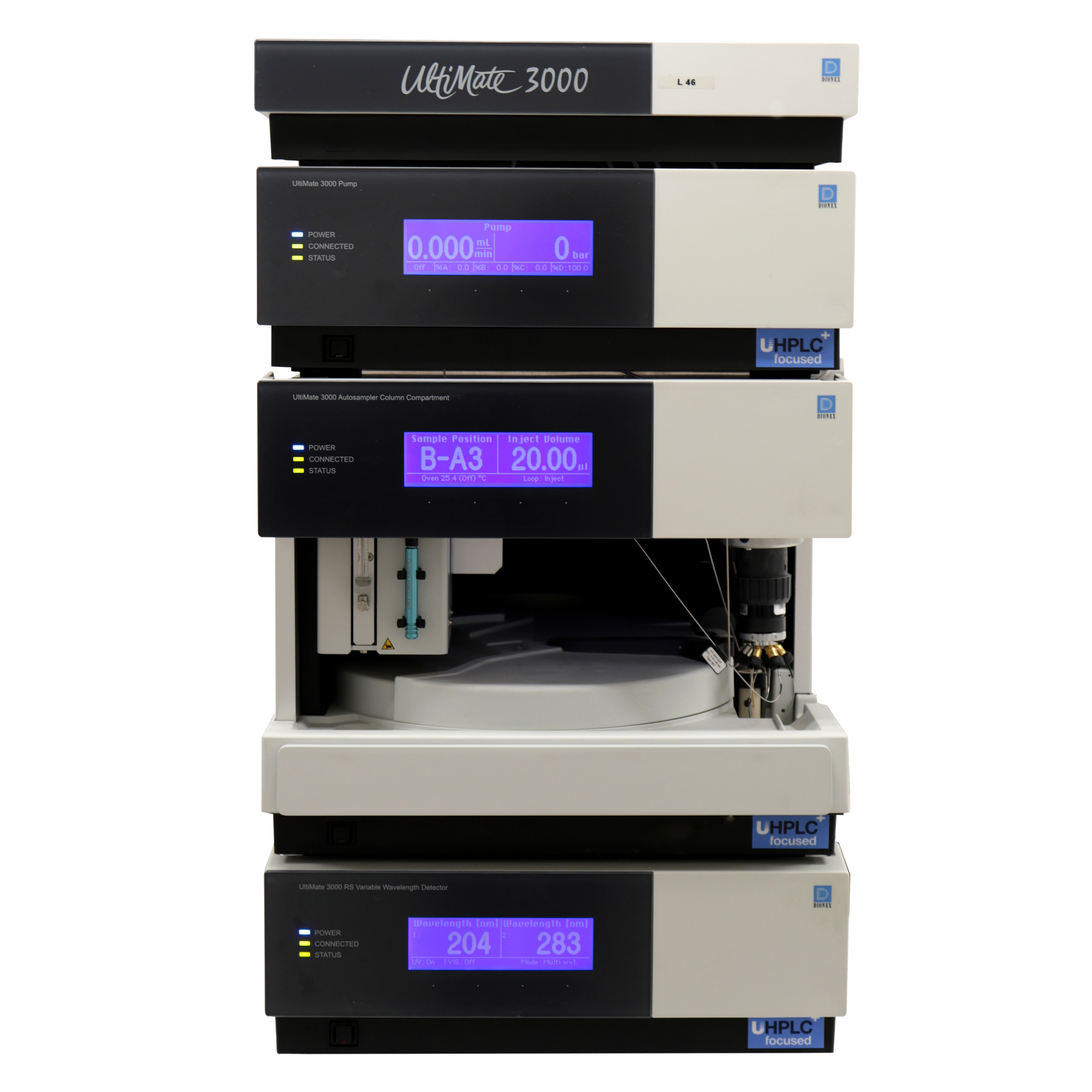
This chromatographic technique uses immobilized silica on glass plates as a stationary phase and a liquid mobile phase. Components are separated, identified and quantified according to their migration height and spot intensity, which are compared to standard samples. HPTLC is widely used in R&D, to identify or quantify specific components of a complex mixture. We use it each year to assess quality of our Nordic Beauty extracts.
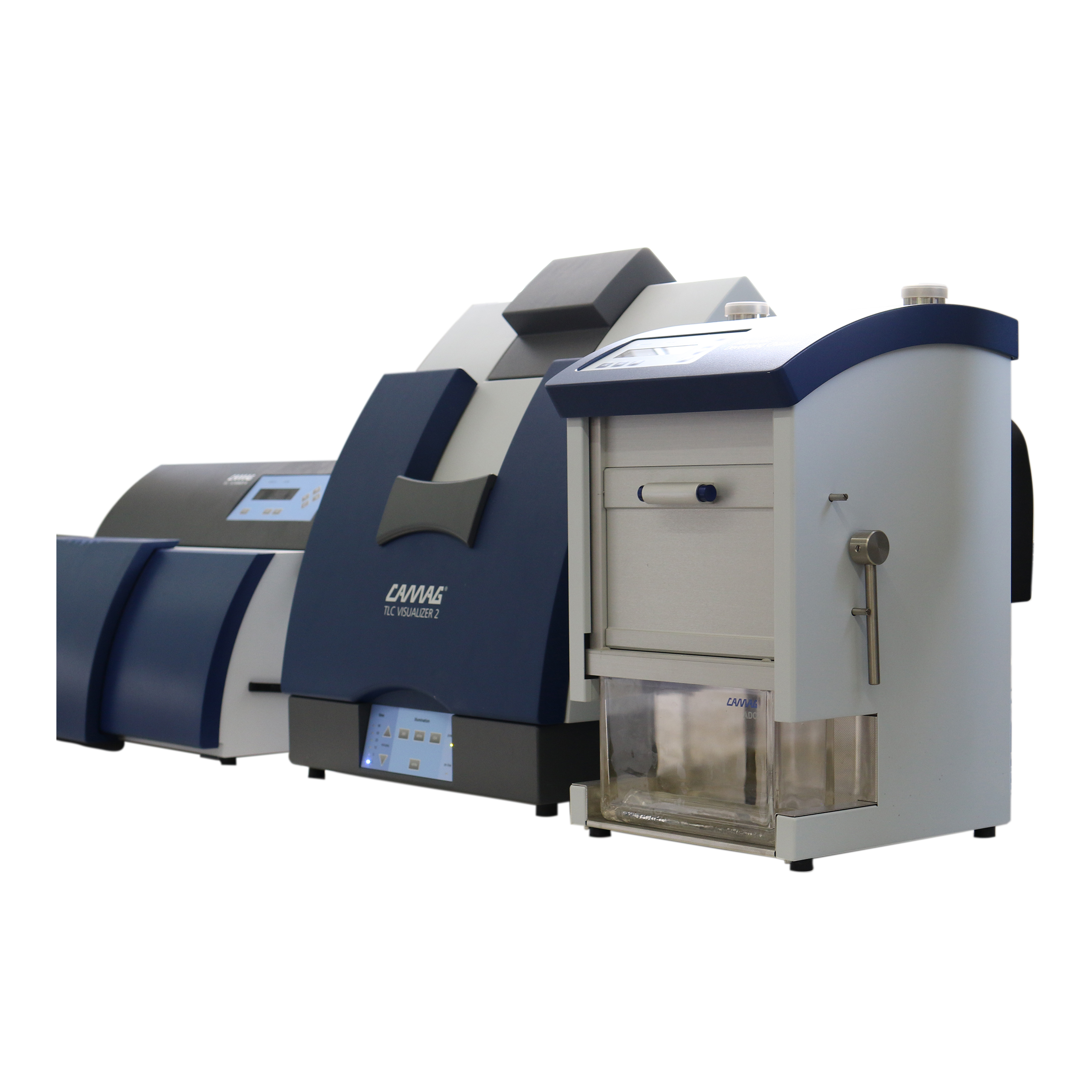
The Karl Fischer is a titrator measuring with precision the water content of all types of products. Expressed in percentage or ppm, the result gives more indications on loss on drying measurement.
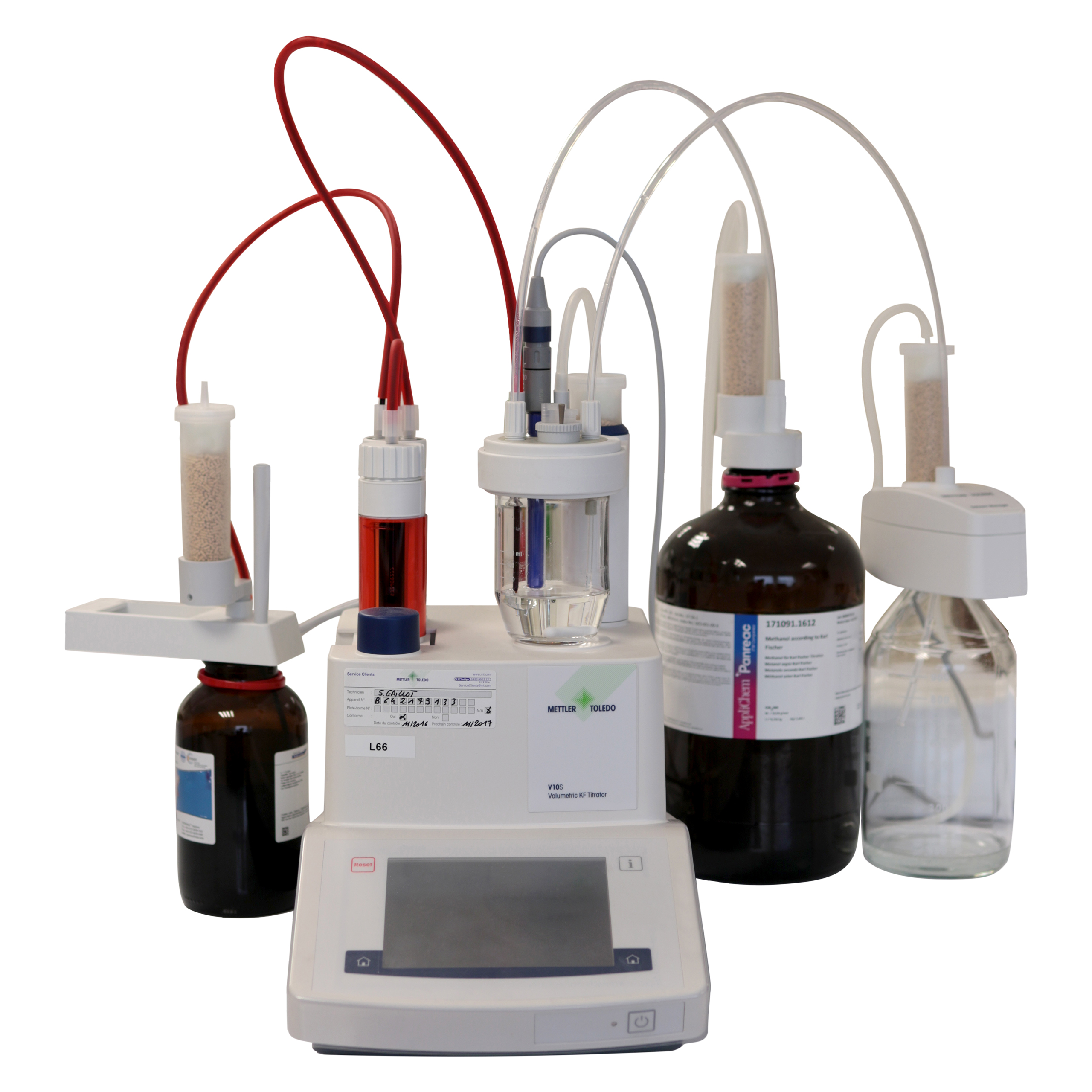
The Labsphere® are In Vitro SPF measurement devices. UV-1000 determines the average In Vitro SPF value, UVA/UVB ratio (in terms of absorbance) and star category. With Labsphere® UV-2000S it is possible to work according to the ISO 24443:2012 and achieve an accurate In Vitro SPF, UVA-PF, SPF/UVA-PF ratio, UVA/UVB ratio (in terms of absorbance) and critical wavelength. It is essential for sun care products developed to receive the “very high” sun protection label.
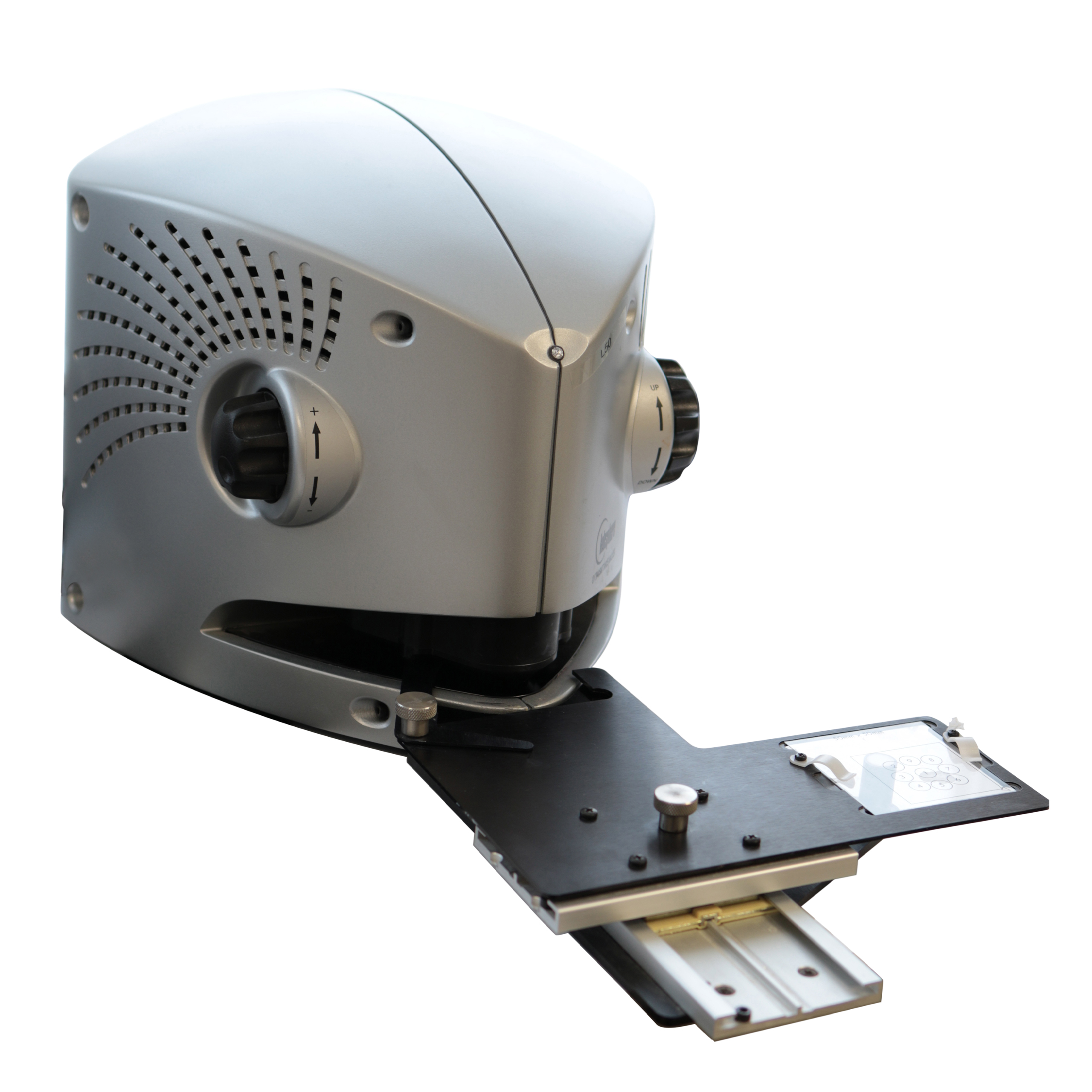
The optical microscope, often referred to as light microscope, is a type of microscope, which uses visible light and a system of lenses to magnify images of small samples. This is an ideal method rapidly evaluate an emulsion structure and stability, which are important when analysing SPF In Vitro values.
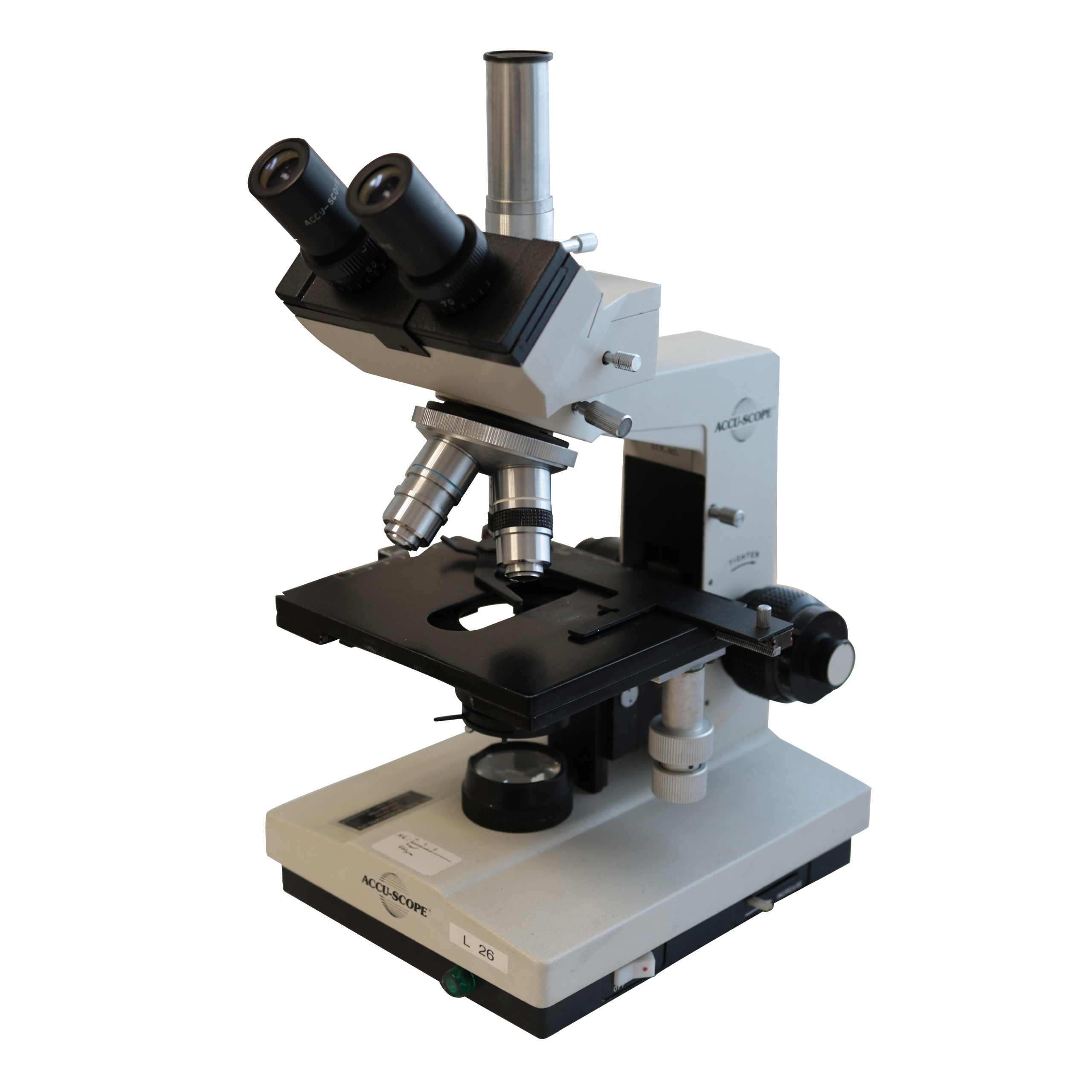
The OsmoSpecial 1 is a single-sample semiautomatic osmometer. It is used for the rapid determination of the cryoscopic point variation (osmolarity) in liquid samples. It also determines whether a cosmetic active or formulation tends to increase skin cells volume or not.
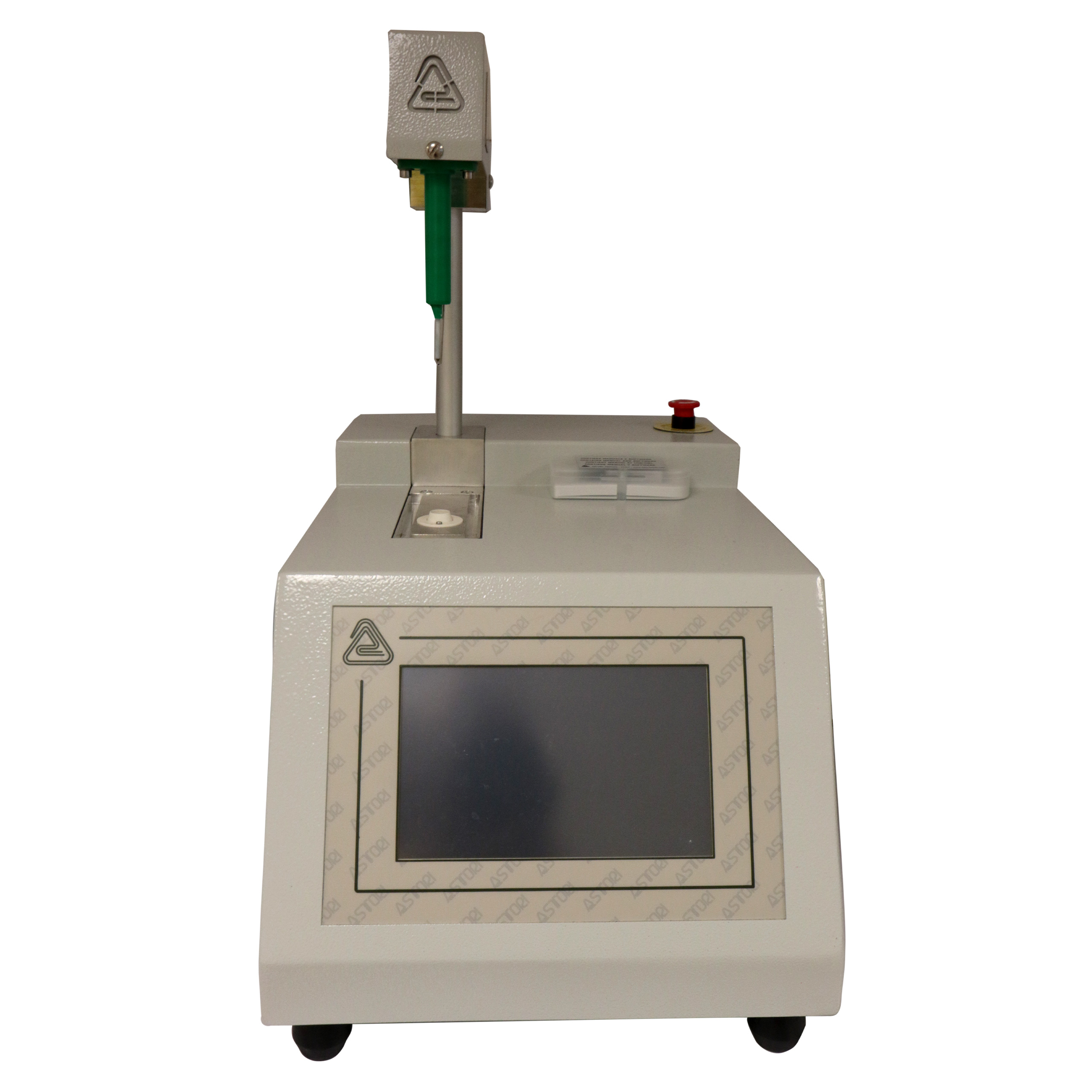
The Mastersizer 3000E analyses Particle Size Distribution of components. Covering a range from 10 nm to 1000 microns, it characterizes the composite size and allows to enhance rheology performance of final compositions. Agglomeration of nanoparticles is also accessible to help regulatory requirements.
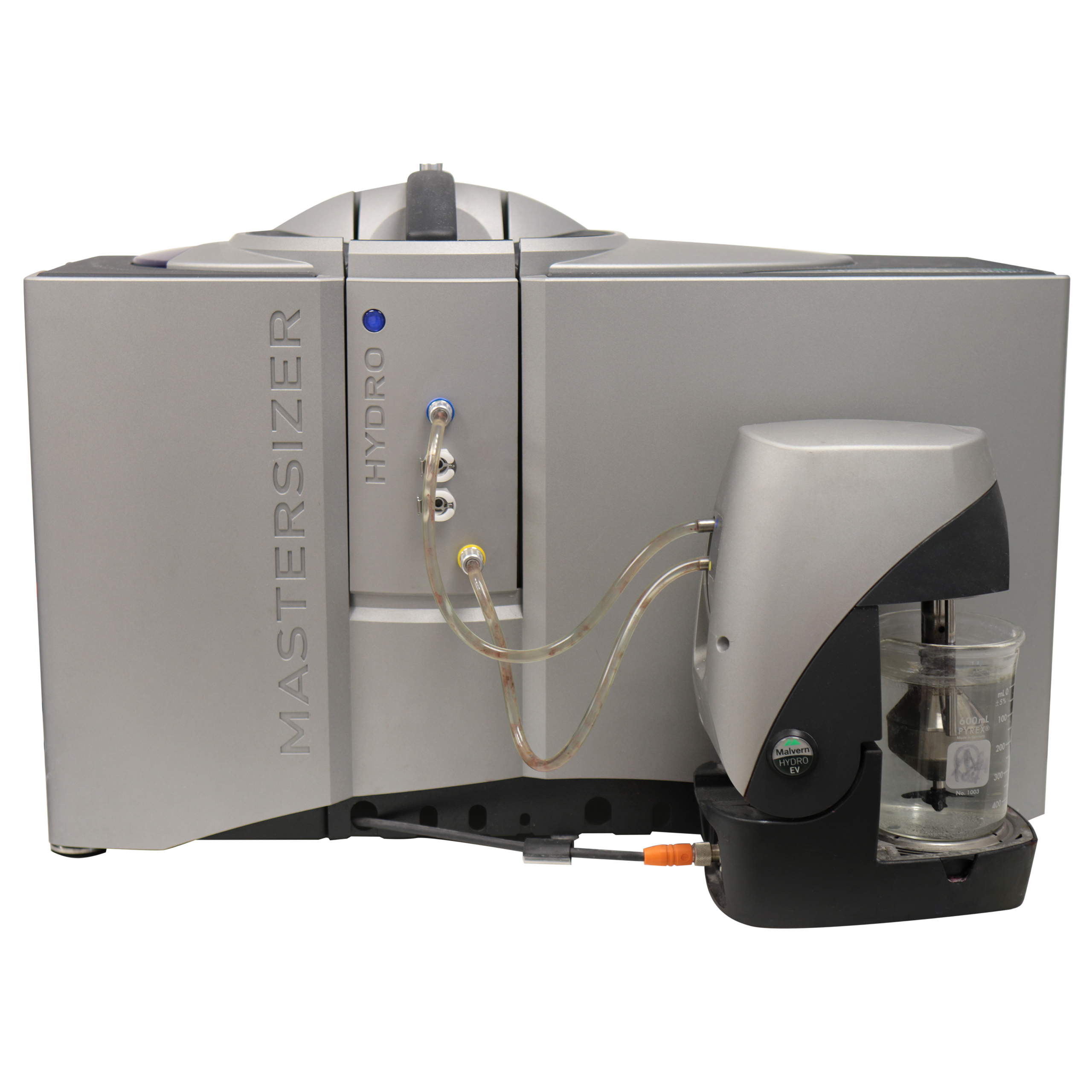
The Penetrometer PNR 12® is used to determine the plasticity and resistance to deformation (penetration) of pasty, creamy, semi-solid or highly viscous samples against the application of force. It can be used for the evaluation and analysis of raw materials or finished products. Penetrometer is complementary with DSC to measure hardness of waxes, lipsticks or lip balms.
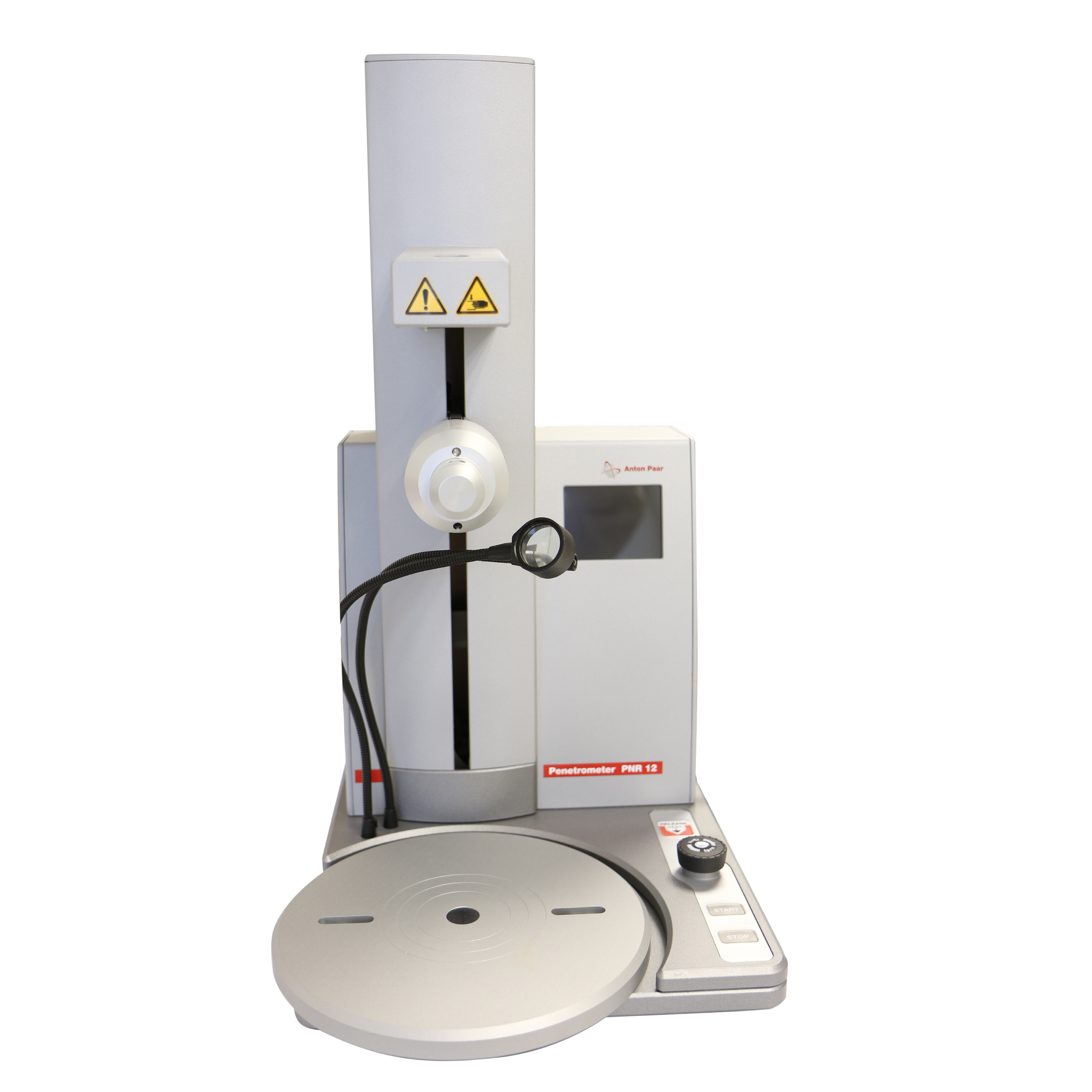
PMA 5 determines flash points of compositions using the Pensky-Martens closed cup. This flammability tester covers a wide range of temperatures (-30°C to 400°C) and tests according to standardized methods for the cosmetic industry (e.g. ISO 2719 A and B). All types of materials can be analysed, allowing to be compliant with transport regulation by giving information related to section 14 of product safety data sheets.
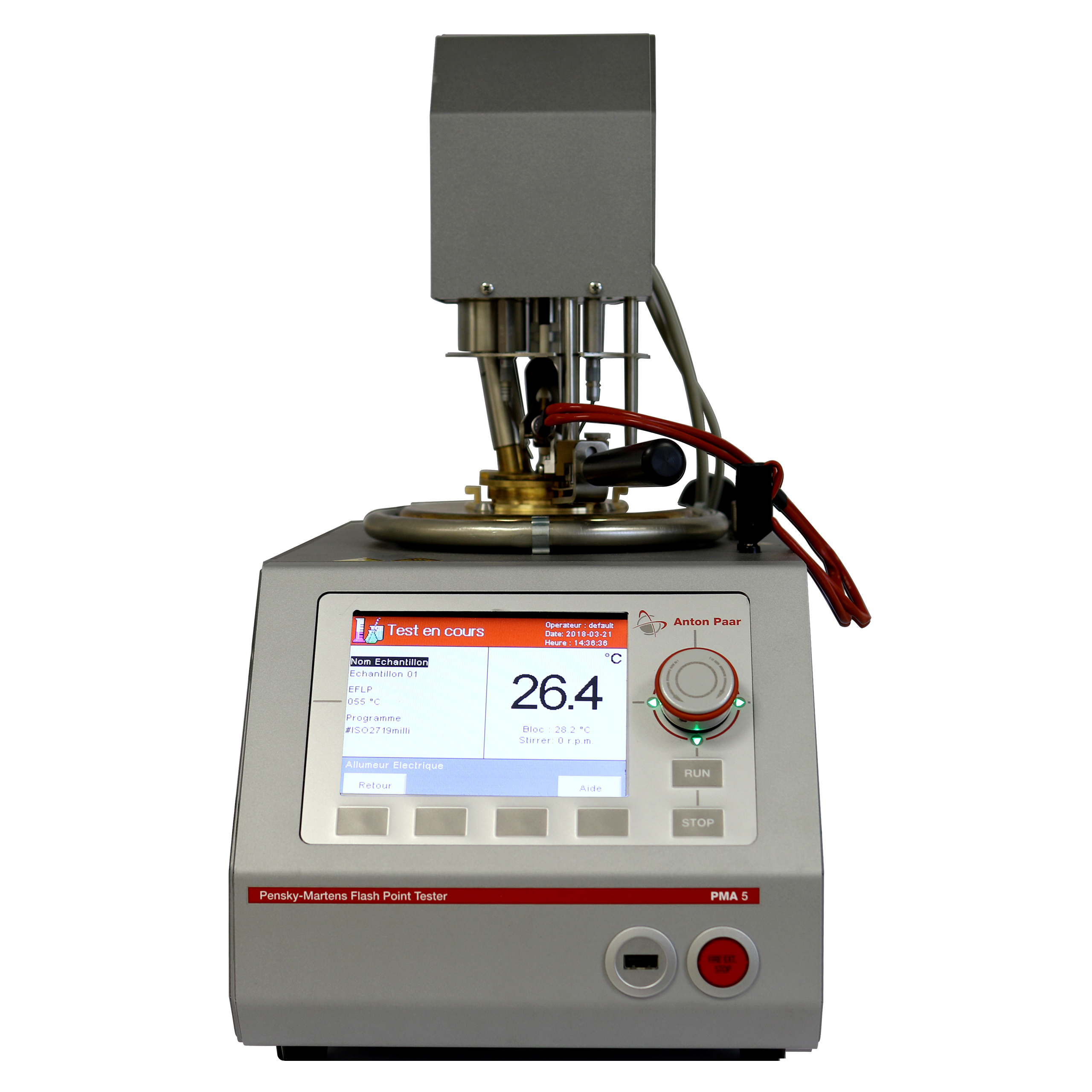
Because oxidation stability is an important quality criterion, RapidOxy® measures the Oxidation Induction Time of products depending on temperature and pressure. Screening of antioxidants, optimisation of mixtures, shelf-life determination and products valorisation are performed with this rancimeter, whose results are complementary to photostability studies. This device allows to select the best lipophilic ingredients, to create safe and efficient cosmetic products.
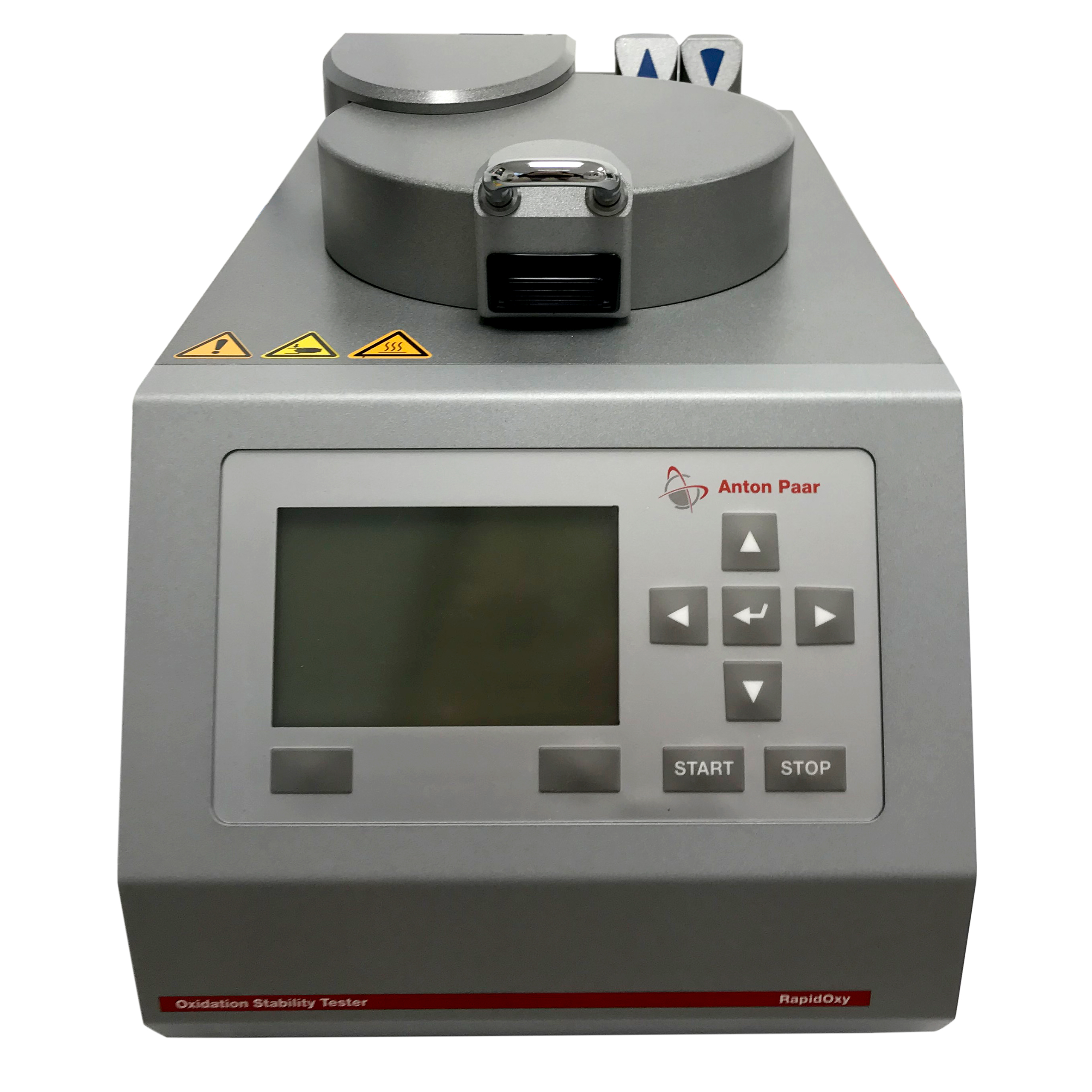
The MCR 302 rheometer is based on both rotational and oscillatory modes. This system characterises the rheological behaviour of chemical components submitted to a strain or stress. Depending on the product type, the rheometer describes viscoelastic properties, gel strength, stability, thixotropy. With the integrated Peltier system, it is possible to perform measurements on a wide range of temperatures. Moreover, the unique powder cell gives specific information about friction and cohesion forces of powders, helping to develop new powder substitutes in addition to their skin feel.
Tribology
Tribology is the science of interacting surfaces in relative motion. It is measured with a specific cell, coupled to the MCR 302 rheometer. This device allows the study of friction and lubrication. It is used mainly in R&D, to evaluate and compare lubricating capacities and skin feel of various raw materials. Tribology was used to develop our ranges of exact silicone substitutes.
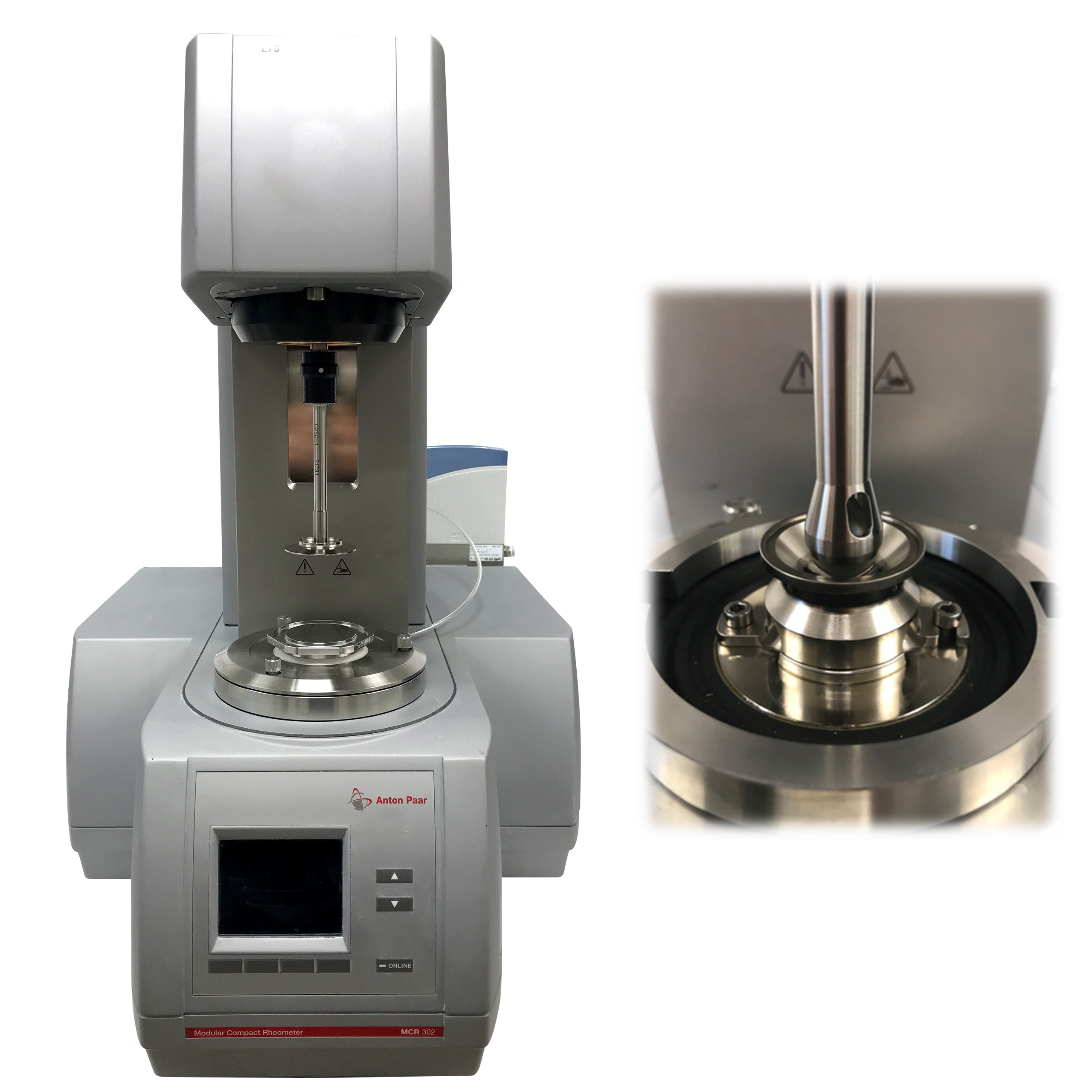
The CM-600d Spectrophotometer is a handheld, portable measurement instrument designed to evaluate the colour and appearance of various samples. This high precision, reliable spectrophotometer allows users to evaluate, reproduce, and control the colour of pigments. It can also be used to evaluate the transparency of physical UV-filters on the skin. It is also used to measure the colour changes after irradiation, when measuring SPF according to the ISO 24443:2012 standard.
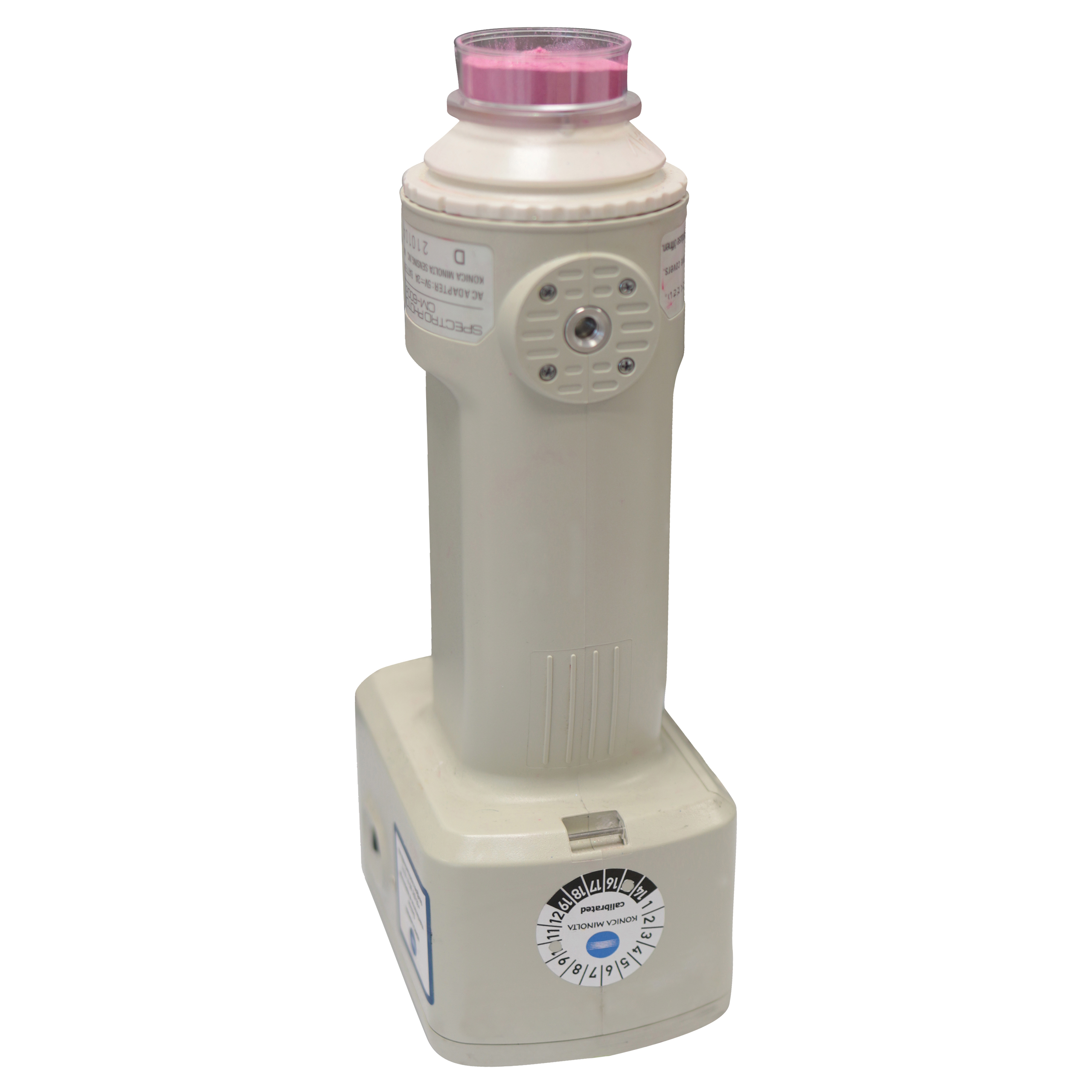
The Suntest solar simulator, type CPS+ is used to measure the photostability of UV-filters. A solar simulator (also artificial sun) is a device that provides illumination approximating natural sunlight. The purpose of the solar simulator is to provide a controllable indoor test facility under laboratory conditions. An irradiation step is also unavoidable to perform an SPF testing according to the ISO 24443:2012. Photostability measurement is also essential for any raw materials used in day care.
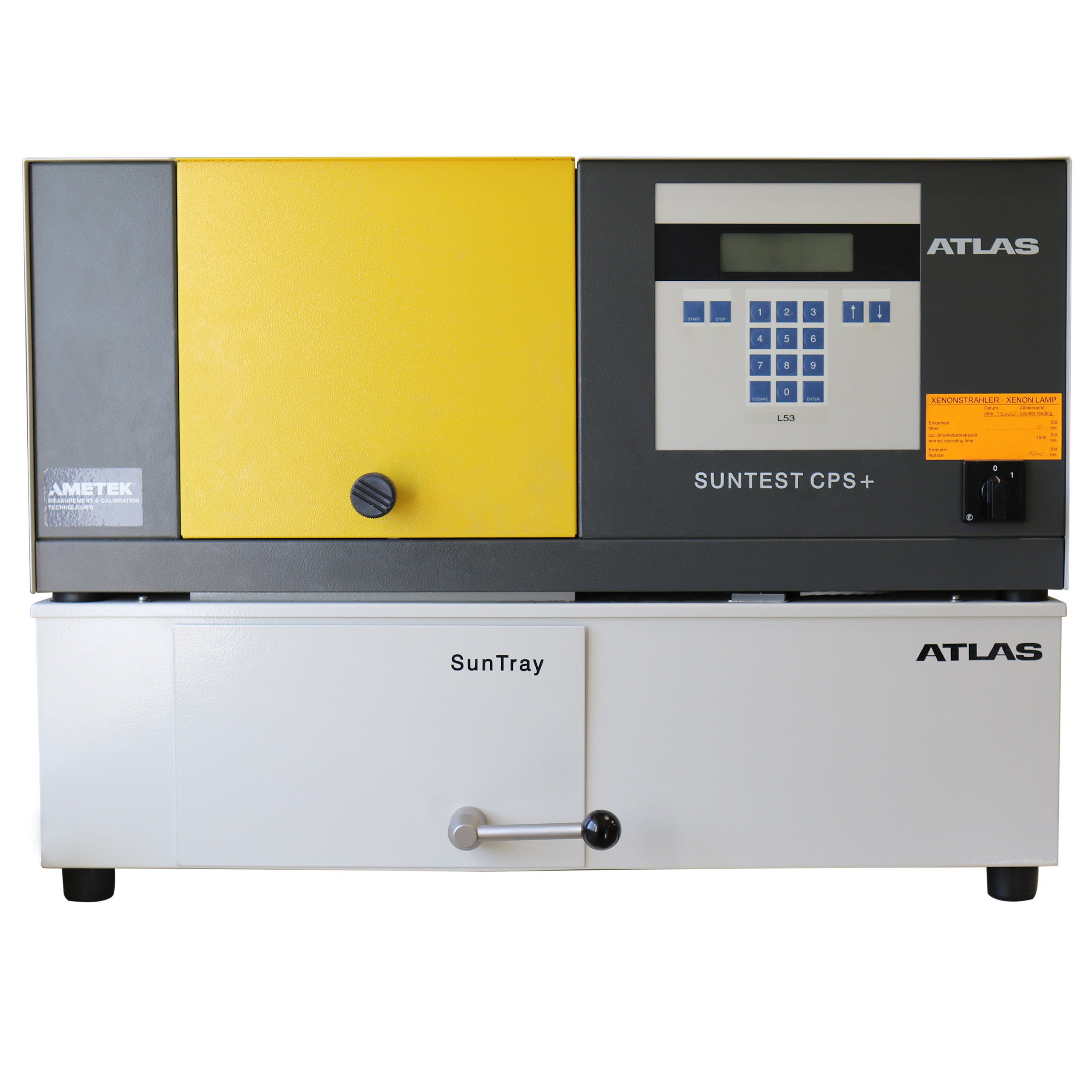
This titrator performs automatic dosages and calculations of acid, peroxide, saponification and iodine values. The electrode and solvent used have to be adapted to the type of intended measurement. This equipment is used in quality control to evaluate purity of lipophilic materials.
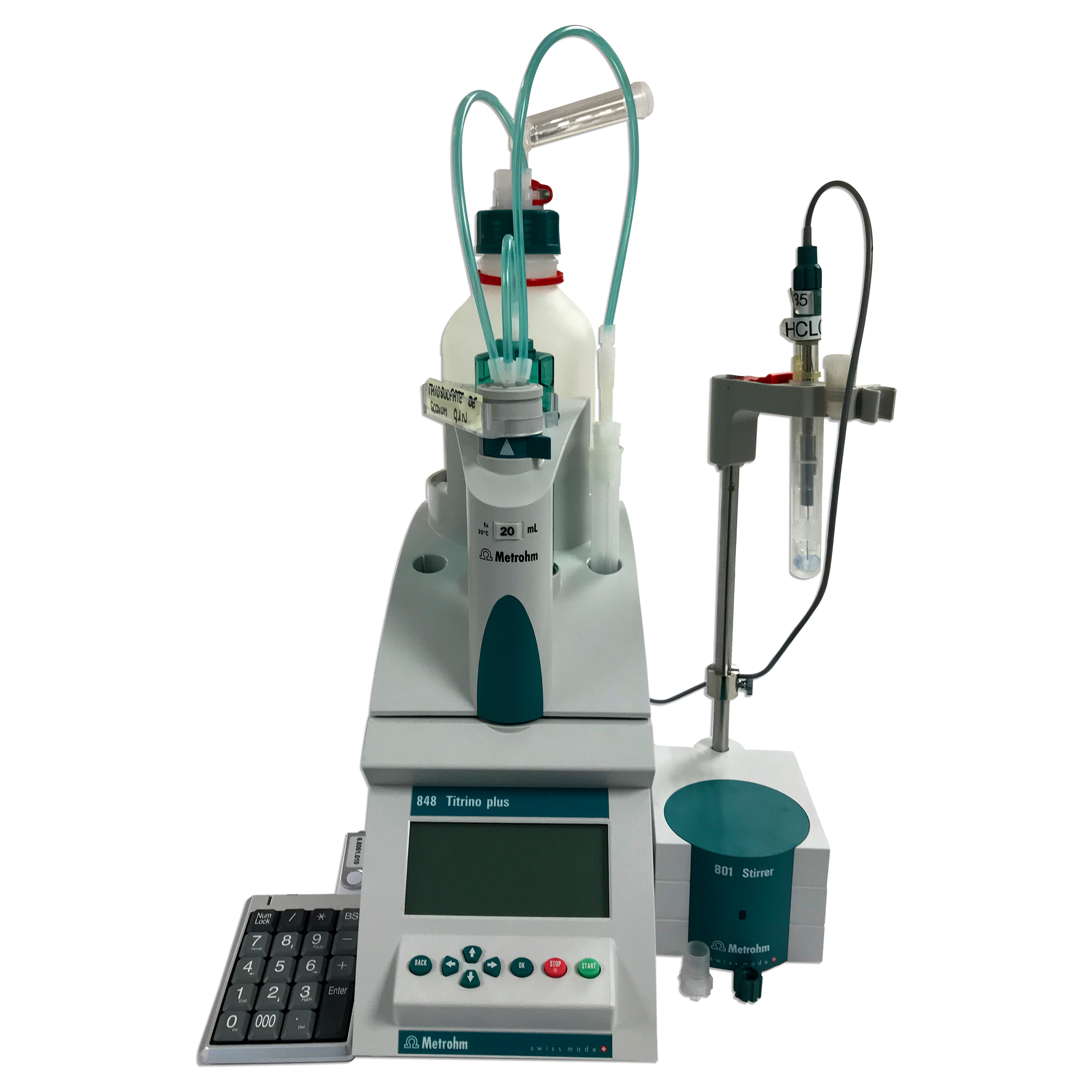
The U-3000 spectrophotometer is equipped with integrating sphere. It gives absorption spectrum depending on wavelength in order to determine the maximal absorption wavelength of coloured dispersions. In terms of quality criteria, it offers the possibility to conclude that there is no aromatic compounds in our oils.
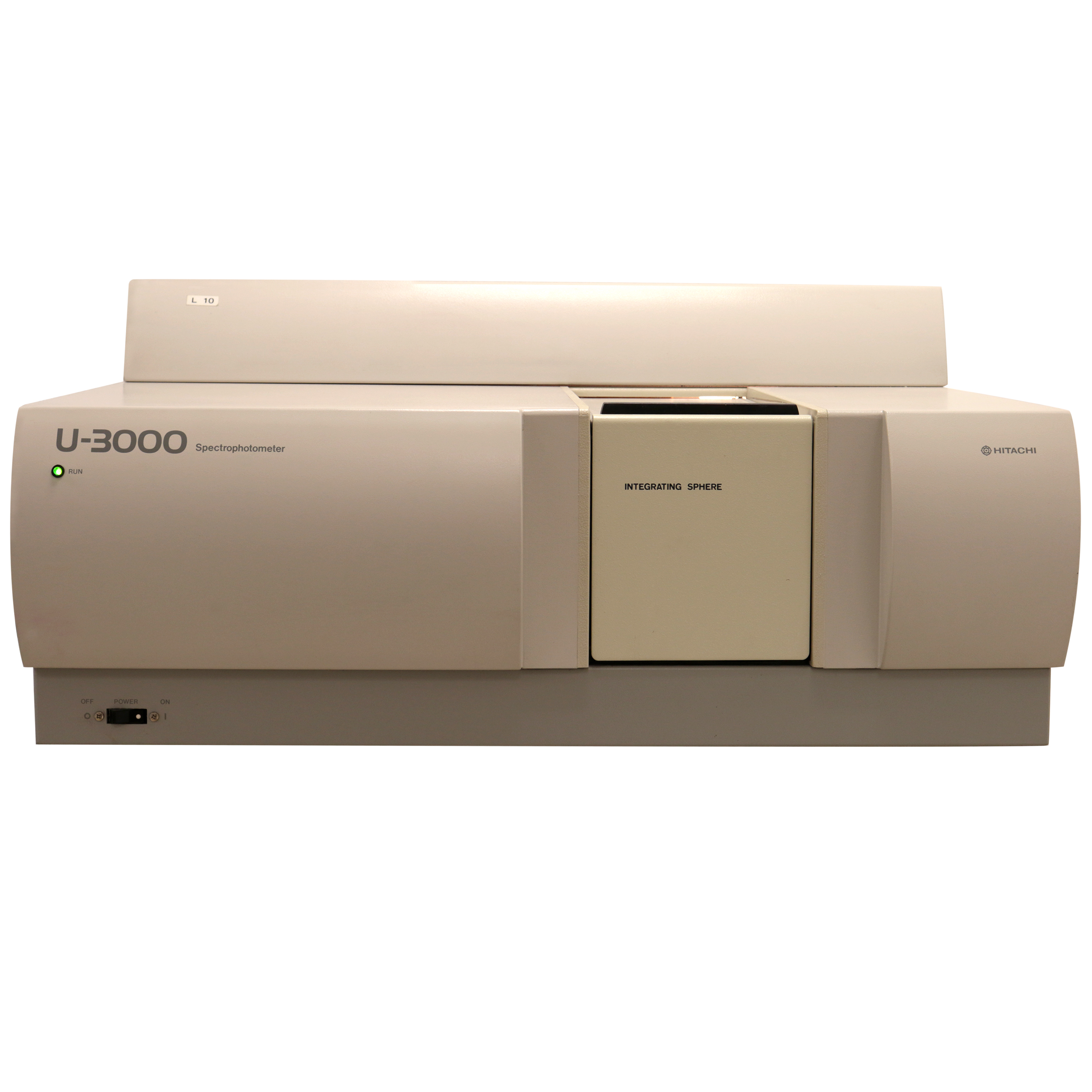
The Zetasizer Nano ZS is the perfect system for measuring zeta potential, electrophoretic mobility and granulometry of colloids and nanoparticles. With zeta potential measurements, it is possible to predict the stability of emulsions, as well as the aggregation or flocculation of particles, notably physical UV-filters. It is also one way to shorten the stability tests of emulsions. It is also used to predict interactions of a cosmetic product with the skin.
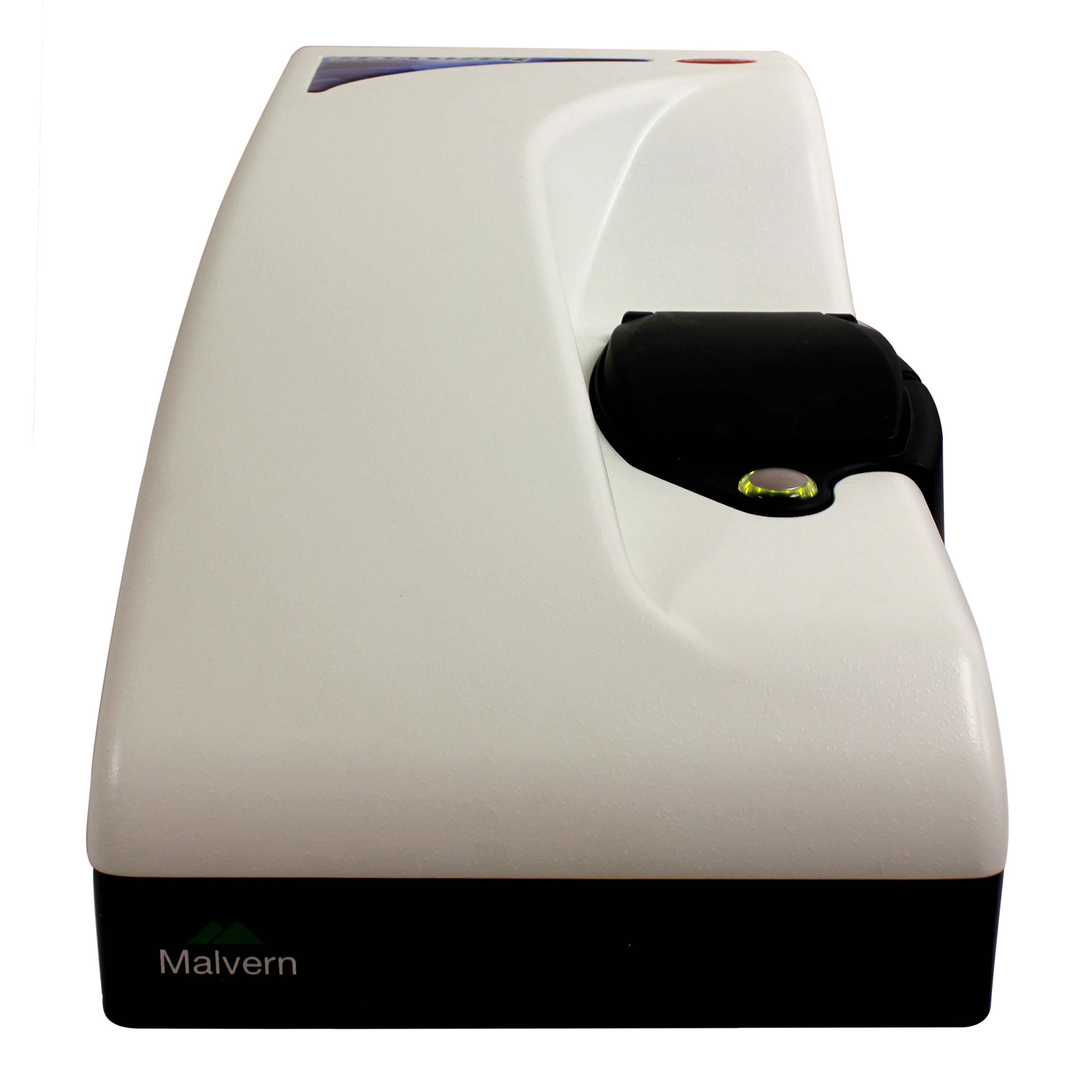
In Vivo
The DermaLab® SkinLab Combo is a non-invasive method, which allows multiparameter skin analysis. Indeed, with only one device, it offers the possibility to measure many skin parameters such as elasticity, hydration, sebum or skin colour thanks to an associated probe. A camera shows the macroscopic skin view with polarized or non-polarized light, while ultrasounds probe quantifies the density of collagen network and skin thickness.
Elasticity
The suction cup method is based upon measuring the necessary force needed to lift the skin a certain distance using negative pressure as well as the time it takes for the skin to retract, when the negative pressure is released.
Hydration
With hydration probe, it measures the conductance to assess the water binding capacity of the Stratum Corneum.
Sebum collector
Measurement of surface sebum by means of a sebum collecting device. It is used to evaluate the efficacy of clay masks or mattifying products.
Skin Colour
Measurement of different colour systems including CIE L*a*b* and erythema-melanin indexes for skin applications. It allows to measure skin irritation or tan, and evaluate the longevity of make up products, such as lipsticks.
TEWL (Trans Epidermal Water Loss)
Water loss is based on Nilsson’s Vapor Pressure Gradient method, an open chamber method with minimal impact on the skin being examined and very low bias to the reading. The measurement chamber is open to allow the skin to « breathe » freely. The evaporation rate follows Fick’s Law of Diffusion.
Ultrasound
The ultrasound is used to measure the acoustic response from the skin. Acoustic pulse is sent into the skin to determine skin thickness and collagen network density.
Videoscope
This probe is able to magnify and visualize the surface of the skin using polarized or non-polarized white light as the light source to observe skin colour or roughness.
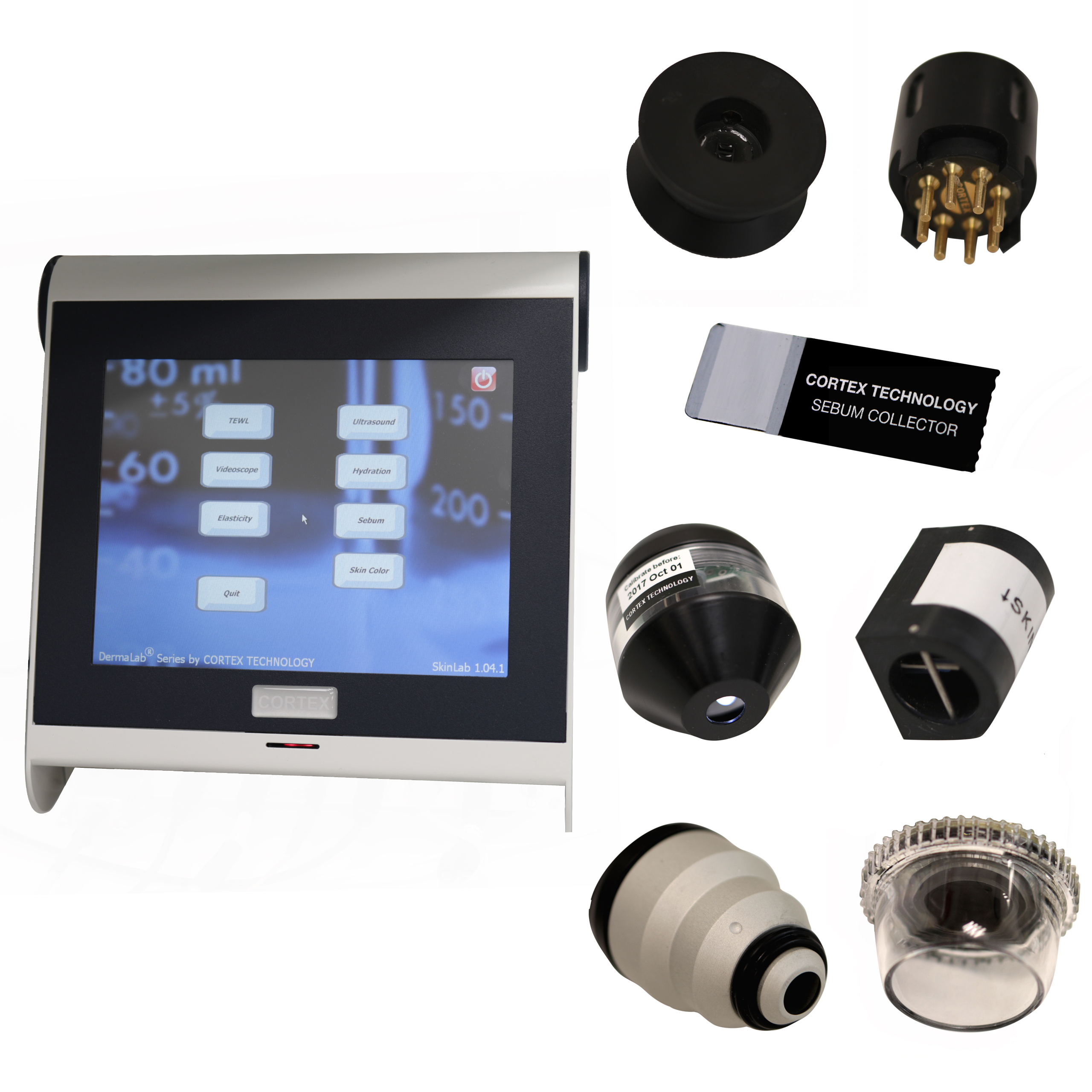
The camera determines the temperature of objects or skin on different possible areas. It allows to have the related image showing temperature variations with a colour scale from grey (low temperatures) to red (high temperatures). In terms of In Vivo testing, the purpose is mainly to claim cooling or heating effect of products on the skin.
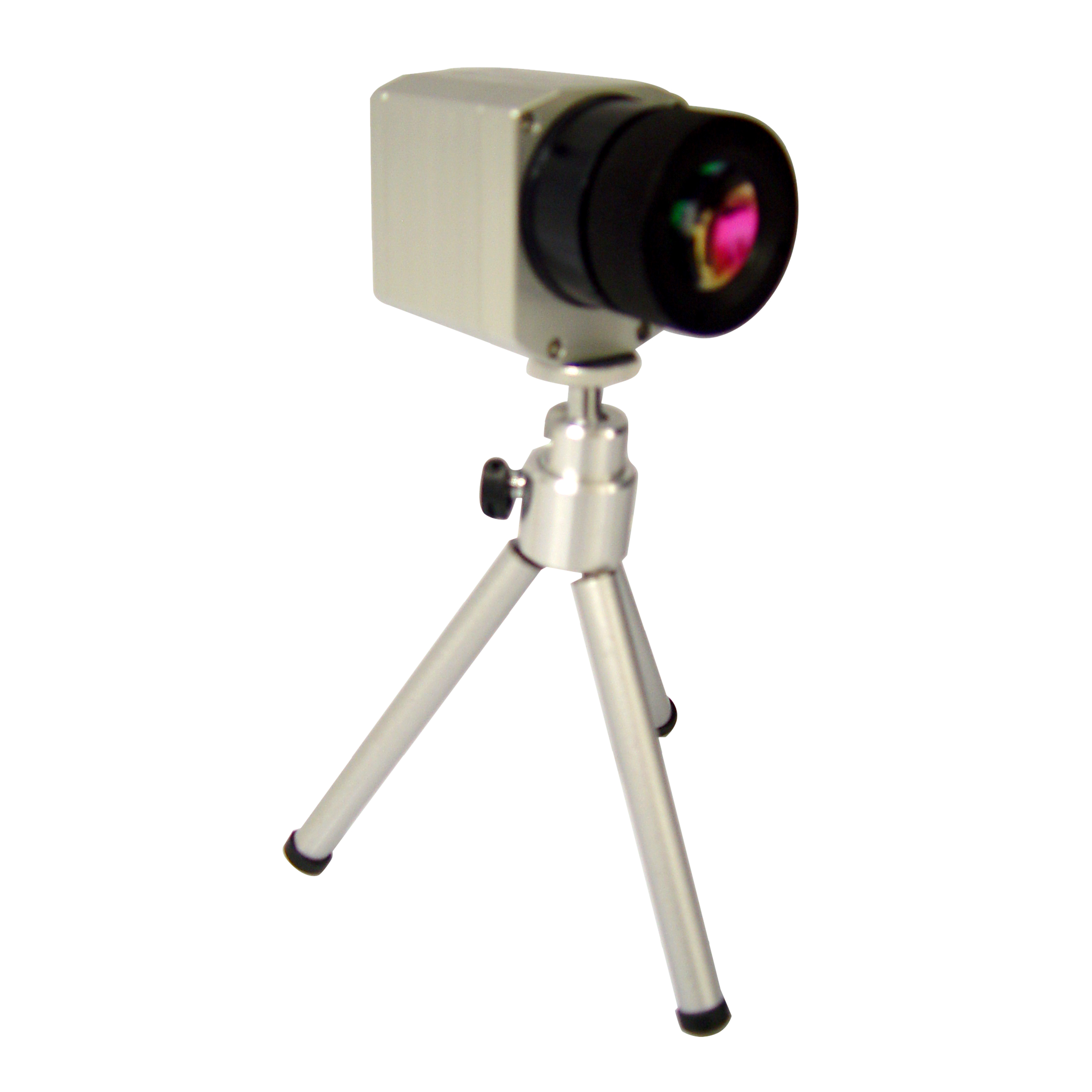
The SEM provides detailed high-resolution images of the sample by rastering a focused electron beam across the surface and detecting secondary or backscattered electron signal. It can be used to measure hair volume or wrinkle reduction. An Energy Dispersive X-Ray Analyser, EDX, is also used to provide elemental identification and quantitative compositional information. This is an ideal technique to analyse the distribution of physical UV-filters in an emulsion or on the skin.
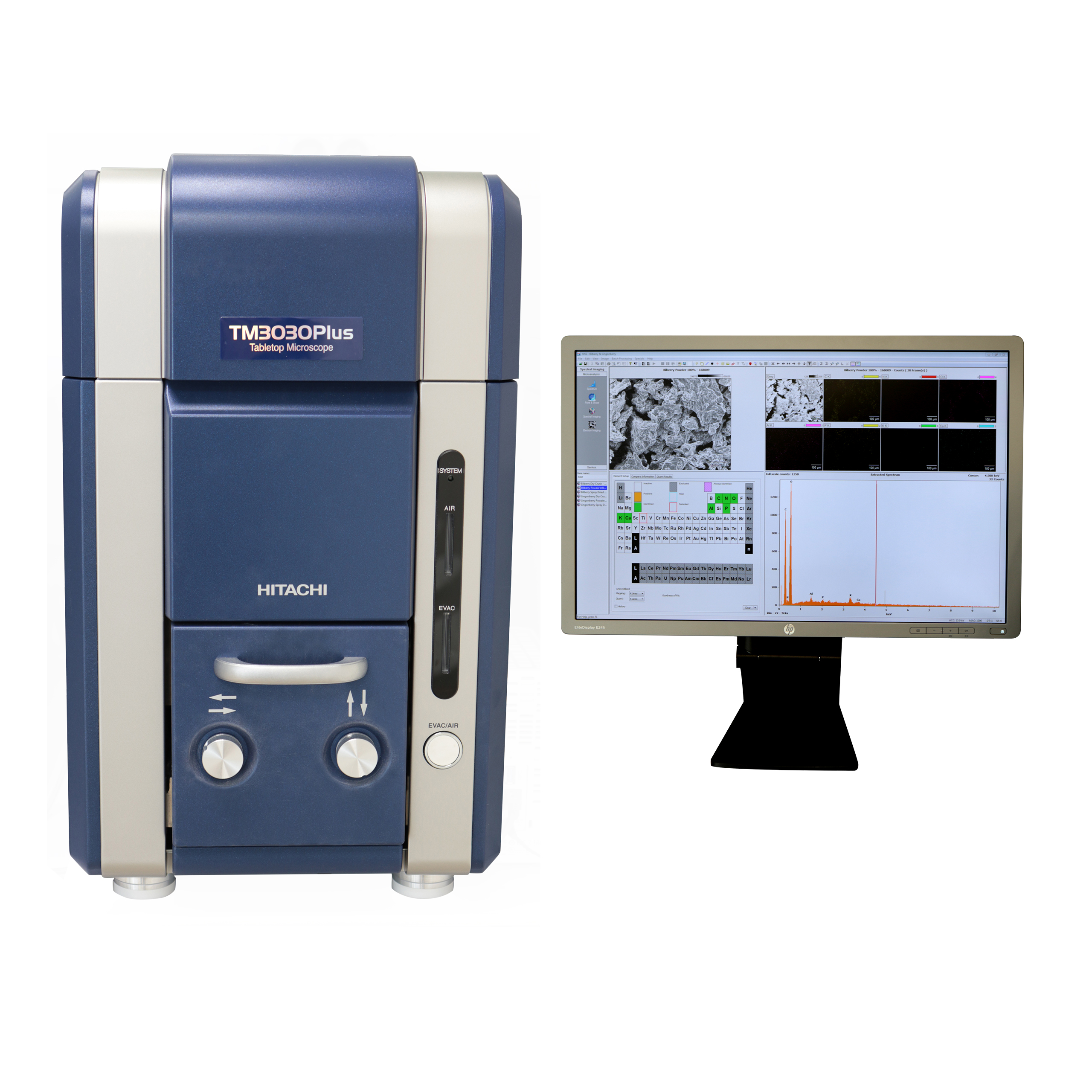
The Vivascope® 1500 confocal reflectance microscope is designed for In Vivo and Ex Vivo uses. Confocal laser scanning microscopy opens a “window into the skin” without being invasive – i.e. without damaging the skin. This innovative imaging method depicts the structure of skin. The confocal image shows each individual skin layer from Stratum Corneum to the reticular dermis in horizontal sections. For the first time, an optical biopsy in real time is possible. Based on refractive index, it offers the possibility to observe skin components such as corneocytes, keratinocytes, melanocytes, elastin and collagen network.
